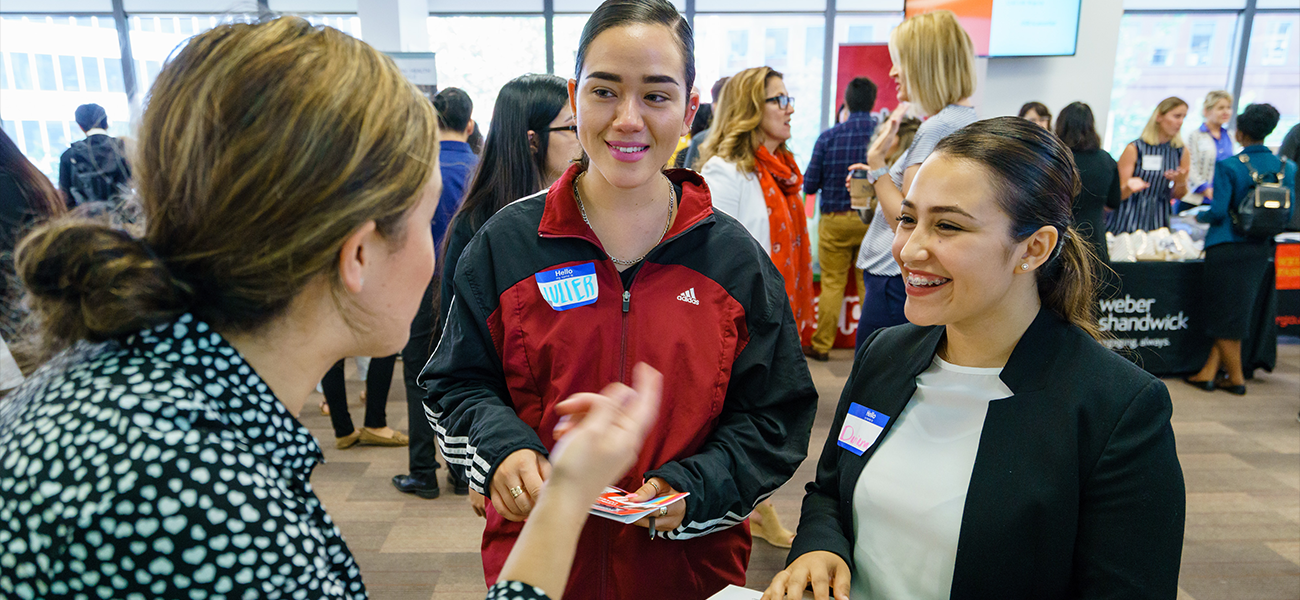Lorna Contreras-Townsend
Occupation:Head of Social Impact within Sustainability and Social Responsibility, Capital Group

11% of first-generation college students from low-income families hold a bachelor's degree, compared to the national average of 64% across all income backgrounds.
Those with a bachelor’s degree earn 62% more in income than those with no college degree.
66% of low-income college students do not complete a bachelor’s degree.
If current attainment rates don’t improve, by 2025 there will be a shortage of 16 million college-educated adults in the US workforce.
Rising Stars Students are overcoming tremendous odds.
Low to moderate income
First-generation college students
Identify as people of color
Of SRA Rising Stars Students accepted to a four-year college
Complete a bachelor’s degree within 6 years
Receive some sort of financial aid
SRA has sent more than 2,000 students to colleges throughout the U.S.
Students Rising Above values character, drive, and potential, accepting candidates outside traditional GPA standards
Students currently being served
Employer partners
Career mentors
Personalized job interview prep sessions annually
On-site career insight events annually
Registered Users from more than 60 different high schools, nonprofits and colleges
Live webinars per month
Response time to all student questions from our experts
Resources, articles, lesson plans, and worksheets available to students and teachers
Resumes created
Financial aid budgets created
By the end of 2019, we hope to have
30,000 Registered Hub Users